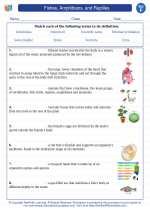Marine Life
Marine life refers to the plants, animals, and other organisms that live in the saltwater of the ocean. The ocean is home to a diverse array of life forms, ranging from microscopic phytoplankton to massive whales. Understanding marine life is crucial for understanding the health of our oceans and the impact of human activities on marine ecosystems.
Types of Marine Life
Marine life can be broadly categorized into several groups:
- Plants: Marine plants, such as seaweeds and sea grasses, play a crucial role in the ocean ecosystem by providing food and habitat for other marine organisms.
- Animals: Marine animals include a wide variety of species, including fish, mollusks, crustaceans, sea turtles, marine mammals, and more. These animals have adapted to the unique challenges of living in the ocean environment.
- Microorganisms: Microscopic organisms, such as phytoplankton and zooplankton, form the base of the marine food web and are essential for the survival of many marine species.
Adaptations of Marine Life
Marine organisms have evolved a range of adaptations to survive in the ocean environment. These adaptations include:
- Hydrodynamic shapes: Many marine animals have streamlined body shapes to reduce drag and improve swimming efficiency.
- Buoyancy control: Some marine animals, like fish, have swim bladders that help them control their buoyancy at different depths in the water.
- Salt tolerance: Marine plants and animals have adaptations to regulate the concentration of salt in their bodies, allowing them to live in a salty environment.
- Camouflage and coloration: Many marine organisms have developed camouflage and coloration strategies to blend in with their surroundings and avoid predators.
Importance of Marine Life
Marine life is of immense importance for several reasons:
- Biodiversity: The ocean is home to a vast array of species, many of which are still undiscovered. Marine life contributes to the overall biodiversity of the planet.
- Food and resources: Many human societies rely on the ocean for food, with fish and other marine organisms being important sources of protein and nutrients.
- Oxygen production: Marine plants, particularly phytoplankton, are responsible for a significant portion of the Earth's oxygen production through the process of photosynthesis.
- Climate regulation: The ocean plays a critical role in regulating the Earth's climate, and marine life influences processes such as carbon cycling and the absorption of greenhouse gases.
Threats to Marine Life
Unfortunately, marine life faces a range of threats from human activities, including overfishing, pollution, habitat destruction, and climate change. Understanding these threats is essential for developing strategies to protect and conserve marine ecosystems.
Study Guide Questions
.◂Science Worksheets and Study Guides Sixth Grade. Fishes, Amphibians, and Reptiles

 Activity Lesson
Activity Lesson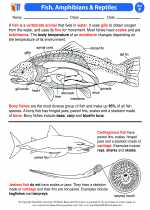
 Worksheet/Answer key
Worksheet/Answer key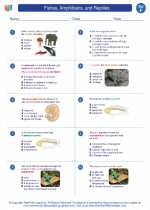
 Worksheet/Answer key
Worksheet/Answer key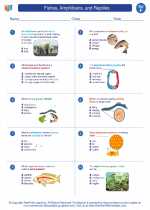
 Worksheet/Answer key
Worksheet/Answer key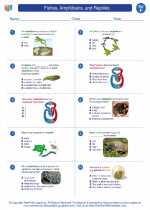
 Worksheet/Answer key
Worksheet/Answer key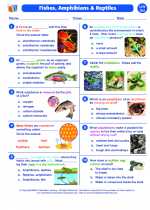
 Vocabulary/Answer key
Vocabulary/Answer key
 Vocabulary/Answer key
Vocabulary/Answer key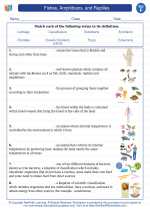
 Vocabulary/Answer key
Vocabulary/Answer key
 Vocabulary/Answer key
Vocabulary/Answer key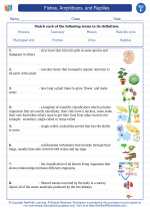
 Vocabulary/Answer key
Vocabulary/Answer key